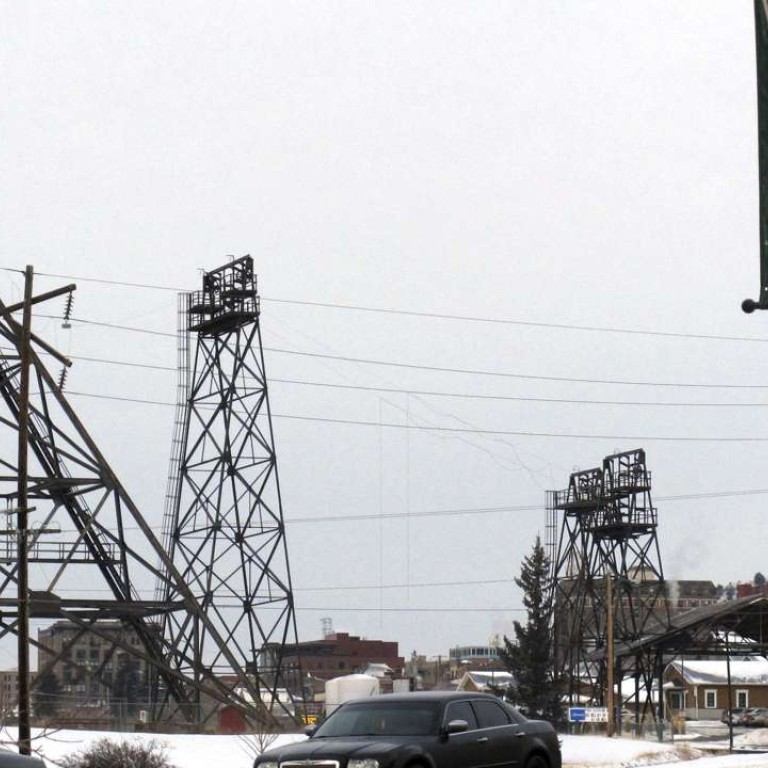
Water scarcity tops list of global miners’ worries
Assets will be stranded and investors will walk away unless mining companies show they are dealing with water scarcity, mine bosses said on Tuesday.
After the hottest year on record in 2016 water has shot up the agenda at mining board meetings.
“Investors say to us: ‘don’t talk to us about returns’; they want to know how we’re managing water,” Nick Holland, CEO of Gold Fields,, said at an international mining conference in Cape Town.
Mining requires water at almost every stage of the process and the bulk of the assets of major mining companies are in water-stressed regions, such as Africa, Australia and Latin America.

Anglo American says it is striving to use as little water as possible. It has limited water consumption by using 65 per cent recycled water and its goal is to reach 95 per cent over the next decade.
CEO Mark Cutifani said the issue was central.
“Water is one of the greatest constraints to new supply of mined products across the industry,” he said. “Investors can see there’s a risk that if regions are running short of water, there’s a good chance miners will have to divert those resources. What are we doing to anticipate that?”
Mining companies cite examples where water has caused conflict. For instance, Barrick Gold Corp mining operations in Peru were disrupted in 2012 because of protests over water supplies.

The International Council on Mining and Metals, which groups 23 firms including BHP Billiton, Rio, Anglo American and Glencore, in January published a position on water stewardship to enforce best practises.
The industry body quotes research showing increased levels of conflict because of water and the financial cost of water issues, saying water-related infrastructure accounts for approximately 10 per cent of the industry’s capital expenses.
Since 2000, water-related issues were implicated in 58 per cent of mining cases lodged with the World Bank Group’s Compliance Officer Ombudsman, which deals with complaints from communities around mining operations, data published in January showed.

